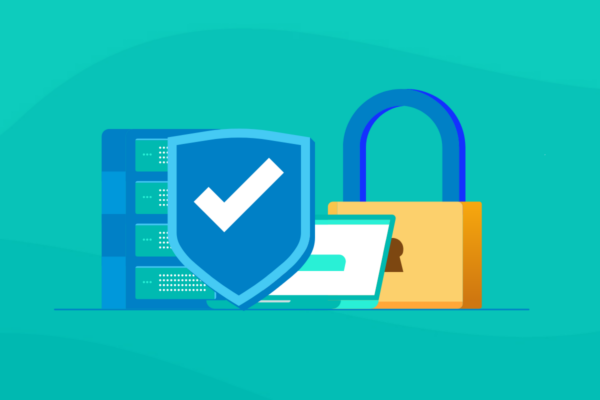8 Tips for Hosting a Successful Remote Webinar
In today’s remote world, businesses are turning more to webinars to deliver new content and ideas to their customers.
However, presentations can be tricky and webinar presentations are no exception. Although they offer forgiveness for shaky knees, sweaty palms, or wardrobe malfunctions; they require extra effort to not only attract, but then capture your audience’s attention.
So, what are some ways to host and present a successful webinar? I’ve put together a few methods that have worked for me throughout the past eight years and hundreds of presentations.
- Select a topic you’re passionate about: When you’re passionate about something it shows. Your enthusiasm will translate throughout your message, not only during your presentation, but also within the messaging you’re using to promote your webinar. If you aren’t completely passionate about your topic, consider finding a guest speaker for that particular webinar. Utilize someone who is an expert in the field or topic you’re presenting on. This is also a great opportunity to co-market!
- Declutter your slides. Fewer words. More visuals. Focus on your narrative: Attention spans are fleeting during a webinar. Skip the bullet points, small fonts and paragraphs. Shift your audience’s attention to your narrative with images, large fonts and short phrases. Focus on your conversation to the audience and how it serves them. Communicate that message as you would in person without the need of bullet points and lengthy sentences. Keep in mind, some folks may simply be listening to your webinar – not viewing it. Your narrative is key. Focus on the value you’re providing and how your words will communicate that value.
- Practice makes perfect: Outstanding webinars don’t happen by accident. Preparation is key. Here are some of the preparation steps that have worked well for me throughout the past eight years:
- Write a script – your narrative: I personally find it extremely helpful to write (or type) out the narrative for my presentations. Depending on the presentation, my notes vary from lengthy to cliff notes; but I always take the time to write out my narrative, a script, to some degree.
- Rehearse your script with notes: Rehearse your presentation using your notes. Get a flow for your presentation. Work out the ums, ands, and uhh’s. Make sure your slide deck and narrative are cohesive.
- Rehearse without notes: Reading a script during your presentation takes away your ability to truly engage with your virtual audience and limits the passion of your topic to the already scripted words. This can come across as inauthentic or dull. Have your notes nearby for reference, but rehearse so that you can present without them.
- Added bonus – record yourself rehearsing: One of the best ways to improve your presentation skills is to record yourself presenting. It’s not always the most comfortable, but it will improve your skills.
- Test your webinar platform and microphone: As simple as this step sounds, it’s often the most overlooked. An hour before your webinar (at the least), make sure to test that the technical components of your webinar are all working harmoniously.
- Stand up while presenting: Another simple step but often overlooked. Use a clicker and stand while you’re presenting. Utilize good posture, smile and use hand gestures – as you would in person. These confident interactions will translate successfully to your virtual audience.
- Have a chat moderator and end with Q&A: Have a live chat session open during your webinar. Utilize someone from your company to manage the questions and answers throughout your presentation. Make sure to relay this message to your audience at the beginning of your webinar and reiterate it a few more times throughout, promoting engagement. Additionally, if time allows, have a Q&A session at the end of your webinar. Enlist someone from your company to ask a few rehearsed questions you’d like your audience to ask to kick things off. Webinar Q&A sessions are oftentimes slow to start, so preparing a few canned questions can help break the ice.
- Perfect your Call-to-Action (CTA): There’s no such thing as a successful marketing effort without a successful CTA. Have a stand-out call-to-action. Reflect on the value you’re providing to your audience and offer an opportunity to provide additional value after the webinar. Offer a service or free assessment that’s relevant to your presentation. Also, make sure to display your email address throughout the end of your webinar.
- Record your webinar: Recording your webinar allows you to market your webinar after it’s taken place. You can post your webinar to your website, youtube, social media and email it to customers who weren’t able to attend. It’s also a great way to sharpen your skills for your next successful presentation!
Looking for tips to help you market your upcoming webinar? Take a look at my 7 steps to promote your next webinar. Interested in how Datto can further help you? Reach out to us today at [email protected]!




